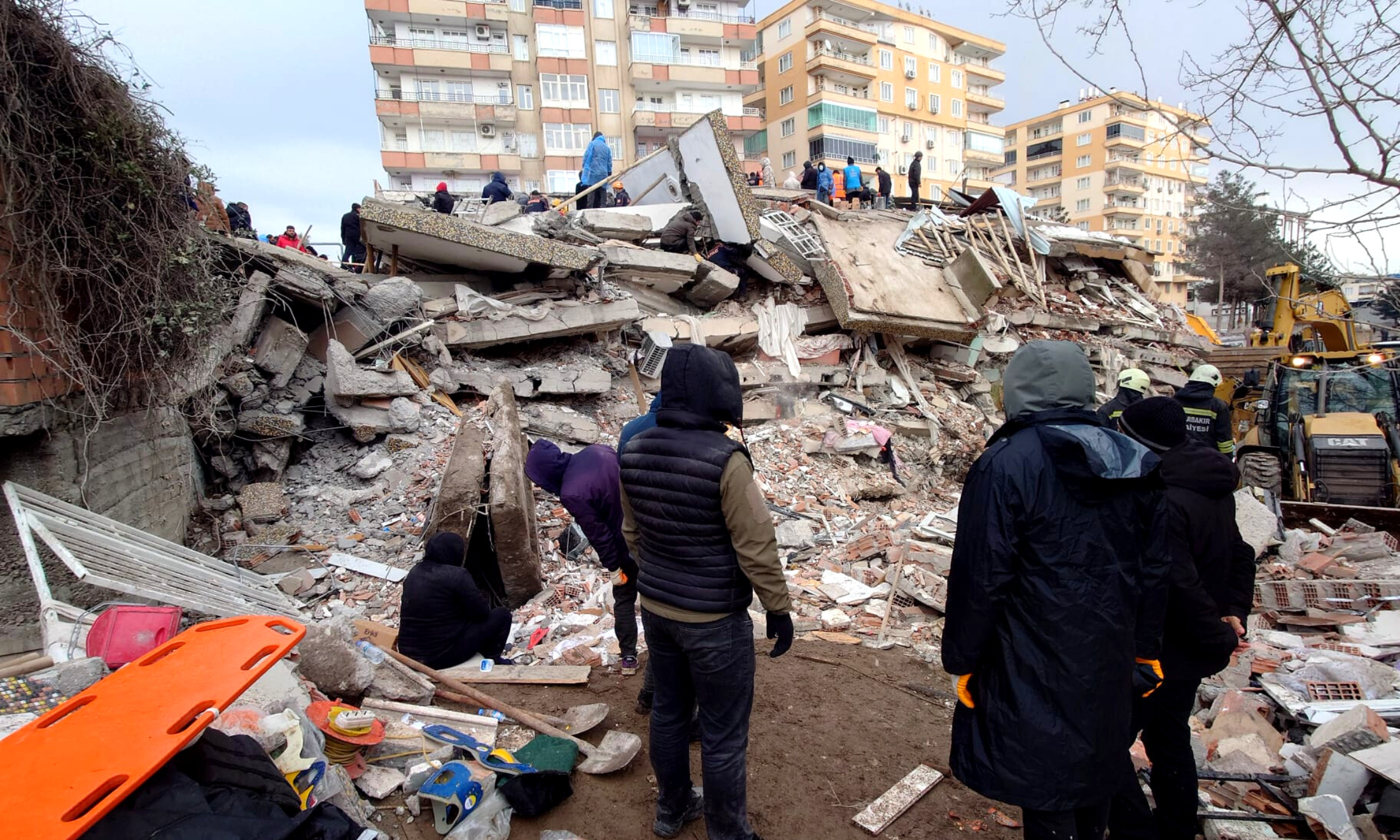
Celebrating ‘hijabi firsts’ is not always the win you think it is
Dania Quadri explores why visibly Muslim women don’t have to be excellent to be humanised.
Dania Quadri
04 Jun 2021
The ‘first hijabi to do XYZ’ newsroom has been busy. A couple of months ago, Uroosa Arshid was revealed as being the “UK’s first hijab-wearing firefighter.” More recently, Rawdah Mohamed, a Somali-Norwegian model who will head up Vogue Scandinavia, was described as the soon-to-be “first hijab-wearing editor of colour at a fashion magazine in the west”. But while their achievements are exciting and praiseworthy, the ‘first hijabi’ narrative has been rendered meaningless. It has lost its true essence of celebrating the achievement of visibly Muslim women.
I wore the hijab for about five years and during that time, a doctor mentor shared an article about the American fencer Ibtihaj Muhammad with me. Despite having had regular consultations with Muslim women, he was extremely shocked that a hijab-donning woman was capable of such a feat. “How surprising!” he texted me, praising Muhammad for doing something he thought Muslim women did not. The subtext of his message was that there was something inherently backwards about Muslim women that prevented them from reaching ‘unconventional’ spaces.
“Islamophobia in the workplace is largely the reason why you’re not used to seeing hijabis in ‘unconventional’ spaces”
While I agree that most pieces praising Muslim women are well-intentioned, I cannot help but think that this ‘first-hijabi’ narrative is hardly helpful. The appeal of writing such stories is understandable; in a post 9/11 world where Muslims are regularly discriminated against in the media and stereotypes are abundant, progressive journalists want to write stories that smash these stereotypes. It seems like supporting Muslim visibility has now become in vogue, and I can’t say that that’s always a bad thing.
But when describing the achievements of hijabis, these articles seem to play into the narrative of them being oppressed by their own headscarf, or culture, which is what makes their ‘against-the-odds’ achievements commendable. While, undoubtedly, cultural hurdles exist in some way for all of us, I think these pieces can miss the main point: Islamophobia in the workplace is largely the reason why you’re not used to seeing hijabis in ‘unconventional’ spaces. And as an aside, who has made these spaces ‘unconventional’ for us in the first place?
What if, instead of focusing on the ‘first hijabi’ narrative, these stories uncovered the attitudes and barriers working against Muslim women in these spaces. Take, for example, Halima Aden, dubbed the ‘first-hijabi supermodel’, quitting the fashion industry because she felt it wasn’t compatible with her Muslim faith. Describing one of her last covers, Aden says she looks like “a white man’s fetishised version” of herself.
Moreover, discussing accessibility, Aden says that while she requested a private space to get dressed and was granted this, other hijabi models were not treated with the same respect and were asked to change in the toilets. Reflecting on all the younger hijabi models who had followed her lead, Aden describes feeling as though she had “opened the door to the lion’s mouth”. This was not Aden’s fault but is more telling of the culture and ethics of inclusivity of the fashion industry.
“Why must the standard for Muslim women to be cool or acceptable be in professions that are extremely inaccessible to the rest of society?”
Another purpose that the ‘first hijabi’ narrative appears to serve is one of humanisation. Pieces want to tell stories about the ‘good ones’, wearing suspicious headscarves no less! They say “look, Muslim women are like the rest of us, after all!” But in doing so, to quote the brilliant poet Suhaiymah Manzoor Khan, a Muslim woman may feel that she is “reduced to proving [her] life is human because it is relatable”.
Why must the standard for Muslim women to be cool or acceptable be in professions that are extremely inaccessible to the rest of society? Is it only when Muslim women become models that their lives are as worthy as the white cashier in Sainsbury’s? Surely, the importance of diversity is recognising that Muslim women may wear different clothes and abide by different religious and cultural codes, but none of that should be a measure of our humanity. Let alone when we are brave enough to bring ourselves into spaces that were not designed for us.
There is value in representation, especially when reporting a Muslim woman’s achievements isn’t solely based on the ‘first hijabi’ narrative. Take for example, these pieces written about Muslim women in magazines like Amaliah, Azeema and gal-dem.
Even so, Muslim women do not want representation that somehow props them up as the few rarities who want to succeed, or whose stories are used as shoddy attempts to humanise the rest of us. What about the Muslim aunty who cleans the toilets at Costa? Or the countless hijabis in healthcare and educational roles? Or the mum taking care of her children? They deserve our respect too.
The ‘first-hijabi’ narrative confirms the othering of Muslim women in society, and frankly, I am just sick of it. Hijabis want to and will succeed in their own domains and on their own terms. It would be more helpful for articles to focus on the backwards workplaces that still haven’t clocked that we’re as human as anyone else.





